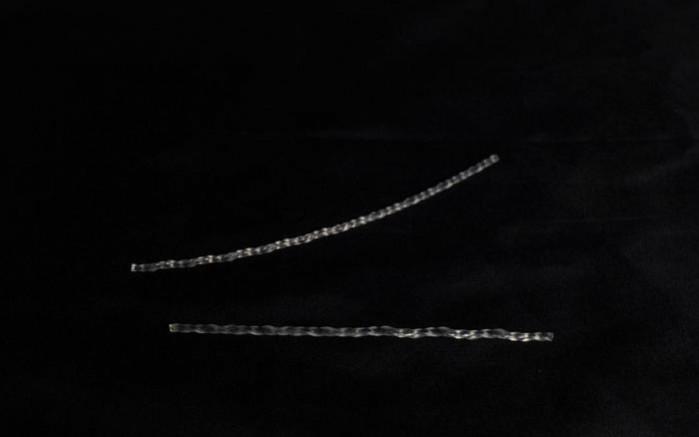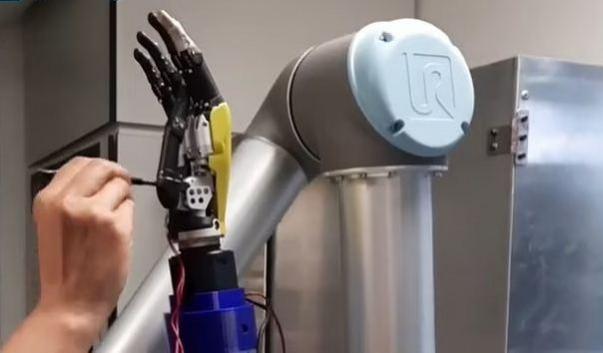Scientists have created a "brainless" soft robot that can navigate more complex and dynamic environments by using its physical intelligence rather than being directed by a computer or human intervention.
Physical intelligence refers to dynamic objects whose behaviour is governed by their structural design and the materials they are made of, rather than being directed by a computer or human intervention.
"We've developed a new soft robot that is capable of turning on its own, allowing it to make its way through twisty mazes, even negotiating its way around moving obstacles. And it's all done using physical intelligence, rather than being guided by a computer," said Jie Yin, Associate Professor of mechanical and aerospace engineering at the North Carolina State University.
Yin had, in an earlier work, demonstrated that soft robots can twist and turn their way through a very simple obstacle course.

"However, it was unable to turn unless it encountered an obstacle. In practical terms this meant that the robot could sometimes get stuck, bouncing back and forth between parallel obstacles," Yin said.
The asymmetrically structured soft robots are made of ribbon-like liquid crystal elastomers. This asymmetrical design means that one end of the robot exerts more force on the ground than the other end.
"The concept behind our new robot is fairly simple: because of its asymmetrical design, it turns without having to come into contact with an object. while it still changes directions when it 'does' come into contact with an object -- allowing it to navigate mazes -- it cannot get stuck between parallel objects.
Instead, its ability to move in arcs allows it to essentially wiggle its way free," said Yao Zhao, first author of the paper and a postdoctoral researcher at NC State.

In the paper, published in the journal Science Advances, the researchers demonstrated the ability of the asymmetrical soft robot design to navigate more complex mazes -- including mazes with moving walls -- and fit through spaces narrower than its body size.
The researchers tested the new robot design on both a metal surface and in sand.
"This work is another step forward in helping us develop innovative approaches to soft robot design -- particularly for applications where soft robots would be able to harvest heat energy from their environment," Yin said.



![Nothing to open its first global flagship store in THIS Indian city [details] Nothing to open its first global flagship store in THIS Indian city [details]](https://data1.ibtimes.co.in/en/full/827007/nothing-open-its-first-global-flagship-store-this-indian-city-details.png?w=220&h=135&l=50&t=40)









![Nothing to open its first global flagship store in THIS Indian city [details]](https://data1.ibtimes.co.in/en/full/827007/nothing-open-its-first-global-flagship-store-this-indian-city-details.png?w=220&h=135)

